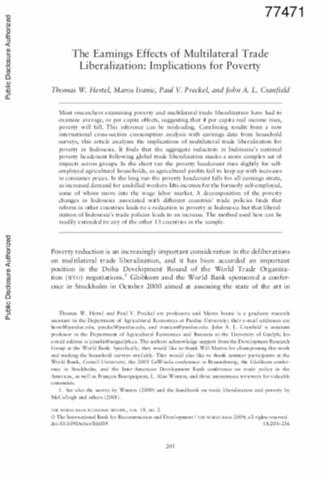
The company can change the collection policy to handle the business’s liquidity. In the next part of our exercise, we’ll calculate the average collection period under the alternative approach of dividing the receivables turnover by the number of days in a year. From 2020 to 2021, the average number of days needed formula of average collection period by our hypothetical company to collect cash from credit sales declined from 26 days to 24 days, reflecting an improvement year-over-year (YoY). If this company’s average collection period was longer—say, more than 60 days— then it would need to adopt a more aggressive collection policy to shorten that time frame.
Using this calculation, you can discover how long it takes to collect from the time the invoice is issued to the time you get paid. If the number is on the high side, you could be having trouble collecting your accounts. A high average collection period ratio could indicate trouble with your cash flows.
Accounts Receivable Turnover Ratio
Because it represents an average, customers who pay very early or extremely late can skew your results. While the collection period formula is useful for measuring how efficiently you collect receivables, it has its limitations. On the other hand, if your results are better than average, you know you’re operating efficiently, and cash flow might be a competitive advantage. Liquidity is your business’s ability to convert assets into cash to pay your short-term liabilities or debts. In January, it took Light Up Electric almost seven days, on average, to collect outstanding receivables. This means Light Up Electric’s average collection period for the year is about 17 days.
Instead of having to remind your customers to pay with dunning letters and phone calls, you can deliver automated reminders before and after an invoice is due. In Versapay, you can segment customer accounts send personalized messages prompting your customers to remit payments on time. With an accounts receivable automation solution, you can automate tedious, time-consuming manual tasks within your AR workflow.
Cash Management Software
If your company requires invoices to be paid within 30 days, then a lower average than 30 would mean that you collect accounts efficiently. An average higher than 30 can mean that you’re having trouble collecting your accounts, and it could also indicate trouble with cash flow. Learning how to calculate average collection period will help your accounts receivables team to find where they stand and take action to shorten their score. Average collection period can inform you of how effective—or ineffective—your accounts receivable management practices are. It does so by helping you determine short-term liquidity, which is how able your business is to pay its liabilities. Average collection period is the number of days it takes to receive payment for goods or services.

This allows them to have more cash on hand to cover their costs and reinvest in the business. The average collection period is a great analytical tool to measure the efficiency of a company that allows credit lines as a method of payment. The repayment terms of the collection might be too soon for some, and they would go looking for credit options that had a longer repayment period.
How to calculate average collection period for accounts receivable?
Now we can calculate the Average collection period for Jagriti Group of Companies by using the below Formula. To calculate the Average collection period, we need the Average Receivable Turnover, and we can assume the Days in a year as 365. We have to calculate the Average collection period for the Jagriti Group of Companies. If the average A/R balances were used instead, we would require more historical data. However, using the average balance creates the need for more historical reference data.
A guide to new alternative provision free school revenue funding … – GOV.UK
A guide to new alternative provision free school revenue funding ….
Posted: Thu, 15 Jun 2023 17:26:15 GMT [source]
Because their income is dependent on their cash flow from residents, she wants to know how the company has been doing with its average collection period in the past year. The average receivables turnover is simply the average accounts receivable balance divided by net credit sales; the formula below is simply a more concise way of writing the formula. Average collection period is calculated by dividing a company’s average accounts receivable balance by its net credit sales for a specific period, then multiplying the quotient by 365 days. Your company’s average receivables might be astoundingly good, enough to make any financial analyst give you an impromptu thumbs up. However, if you’re not collecting on your accounts receivable balance until well after the due dates outlined in your payment terms and credit terms, you’ve got a cash flow problem.
